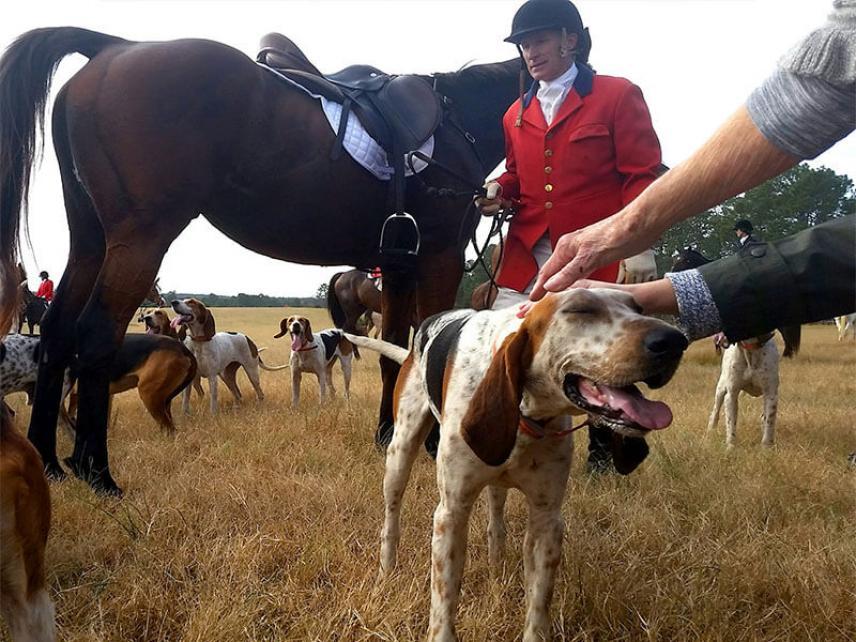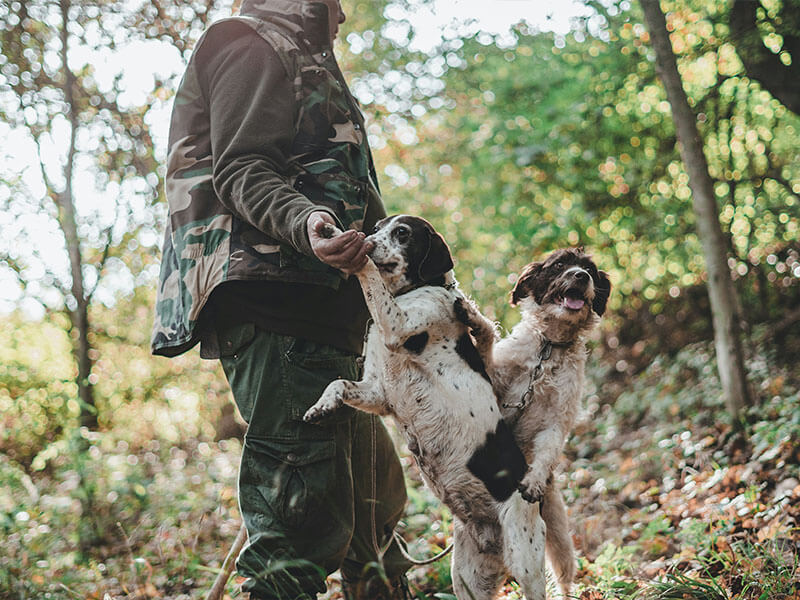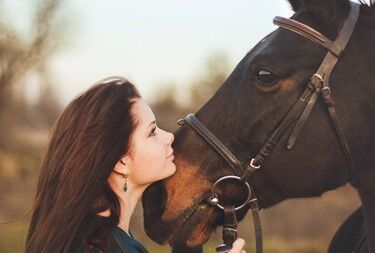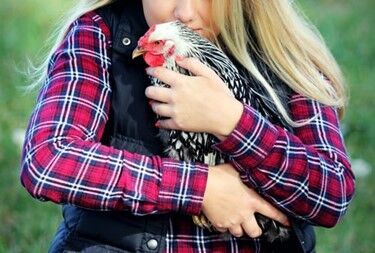The number of registered
animals is growing every day
Published: Oct 22, 2024

The hunting instinct in a dog has its pros and cons. For some, the desire to hunt can be quickly and easily controlled. However, some dog breeds have such a strong instinct that strong and firm intervention is necessary. Lack of control and proper training may cause your dog not to respond to your commands, chasing after hares, squirrels, and other dogs – not to mention cats. This is a very dangerous reaction. A dog driven by the desire to hunt may start attacking running people, children playing in the yard, or even run into traffic, crossing the road. How to handle such a situation? How to tame an unruly animal so that it does not pose a threat to itself and others?
Not all dogs are the same. They differ in appearance, character, and instinct, which makes some dogs react very violently, stalking their prey to suddenly attack from ambush or immediately chasing after their target without paying any attention to the surroundings or their distressed owner.
Dog instinct is something entirely natural. However, in each breed, it can manifest differently and cause varied reactions. Depending on the breed, dogs may hunt by:
1. Following a scent
2. Spotting the target within their line of sight
3. Reacting to various sounds, which they start to follow
The origins of the dog's instinct can be traced back to the history of their ancestors, the wolves, who hunted to survive. The second reason why dogs take on the role of a hunter is the fueling of their genetic love for hunting, which translates into greater hunting skills, pursuit, tracking, catching the target, and even the neck-breaking reflex, which involves grabbing the prey by the neck and shaking it vigorously. Some dog breeds with a very strong hunting instinct are typical hunting dogs. Others, on the other hand, may completely ignore animals, passing by them indifferently or not paying attention to them at all.

If you dream of a household pet, a dog with a strong hunting instinct will certainly not be suitable for you. If you are looking for a calm companion who will respond to your commands and remain gentle towards you, the household members, and other animals, choose a pug, Maltese, or Golden Retriever.
If you are interested in hunting and can provide your dog with the best conditions to nurture its character in a controlled and mutually beneficial way, consider breeds such as Beagle, Terrier, Spaniel, Border Collie, or even a Dachshund.
Does your dog show a great interest in hunting? This is a completely natural behavior that requires some refining – primarily so that both the dog and the people and animals around it can feel safe and secure. One training method is to distract the dog from a potential prey, convincing it that it pays off to stay with the owner.
Another approach is to provide the dog with activities that help it release accumulated emotions, excitement, and energy. How to satisfy a dog's hunting instinct?
1. Take your dog to hunting classes or sign it up for tracking lessons.
2. Never let the dog off the leash during walks! Instead, invest in a harness and a long leash so the dog can explore the surroundings freely.
3. Try to develop a habit in the dog to respond to recall commands.
4. Never punish the dog for its hunting behaviors!
5. Build a strong relationship with your dog.
6. Reward the dog every time it responds to a recall command.
7. Play fetch with the dog to satisfy its desire to chase and burn off excess energy.
Be patient, consistent, and remember that bad behaviors in a dog can always reoccur! Therefore, make sure to microchip your dog. The procedure of implanting the chip takes only a few seconds and can be performed on puppies that are just a few weeks old. A microchipped dog, even if it runs away, will have a much greater chance of returning to its owner. However, to ensure the chip is not useless, be sure to register your dog in WORLDPETNET – an International Animal Database available 24/7. Registering the dog's chip requires minimal paperwork, and it allows for quick and efficient identification of the dog. If your dog runs away while chasing prey, the encoded number will enable finding the owner's contact details.
What is the dog's hunting chain? It is a certain pattern of dog behaviors that occur in a specific sequence and are characteristic of dogs – hunters in every successive generation. What are the stages?
1. Tracking the prey.
2. Observing the target.
3. Stalking.
4. Starting the chase.
5. Catching the prey.
6. Killing the target.
7. Vigorously tearing it apart, sometimes to break the neck and kill the prey.
8. Eating the catch.
Controlling individual behaviors in dogs involves reinforcing and extinguishing them. Hunting dog breeds need opportunities to satisfy their needs, whether through scent work, sports activities organized for dogs, or games involving finding hidden treats around the house. This way, the dog can release excess energy and enjoy activities suited to it, which helps prevent frustration, irritability, and nervousness that, in any dog – not just hunting breeds – can lead to a certain level of aggression and dangerous behaviors.
Yes, every dog has an innate hunting instinct, but its strength and manifestation vary depending on the breed and individual characteristics of the dog.
Breeds such as beagles, terriers, spaniels, border collies, and dachshunds are particularly known for their strong hunting instinct.
By participating in hunting activities, tracking training, using a long leash during walks, teaching commands, and engaging in fetch games, which help to release the dog's energy.



Marking animals with a microchip is the most durable, effective and completely safe method of quick and reliable identification. Every transponder (chip) has a unique number which enables instant identification of the animal and its owner, helping them reunite faster. However, it is important to remember that a chip is just a transponder with an encoded number. It is not a tracking device and contains no data about the animal or the owner! Therefore, in order to identify a chipped dog or cat, it is necessary that a microchip be registered in a national marked animal database...
Read moreIn today's world, responsibility for animal care has become not only a priority for their owners but also a societal issue. One of the most important tools in ensuring animal safety is the chip database. It allows for the quick and efficient recovery of lost pets, which is crucial for protecting their health and well-being.
The introduction of microchipping has significantly improved the effectiveness of efforts to locate lost animals, reducing stress for both owners and their four-legged friends. Registration in the chip database is increasingly required by local regulations, further highlighting the importance of this technology in ensuring comprehensive care for animals.